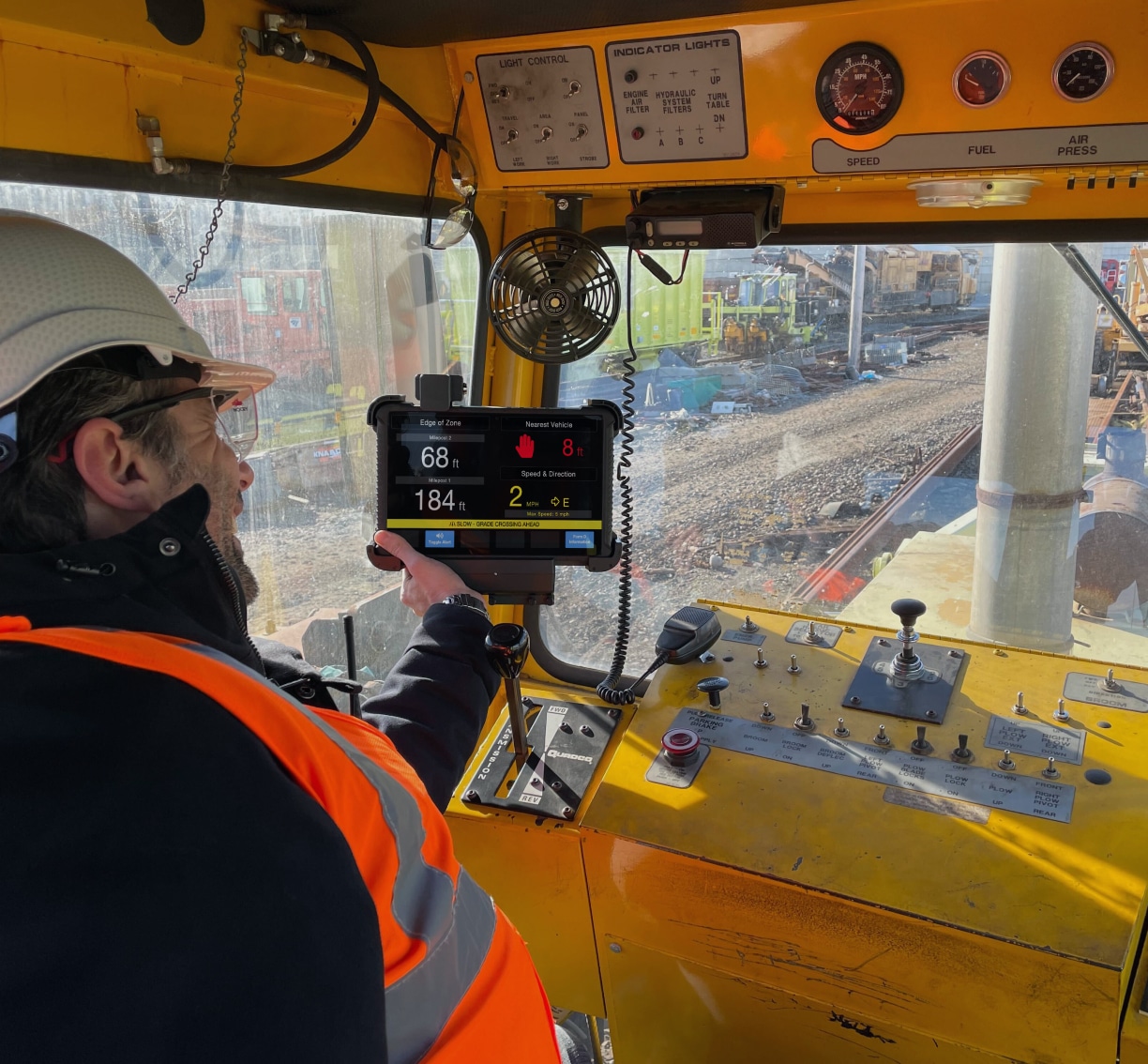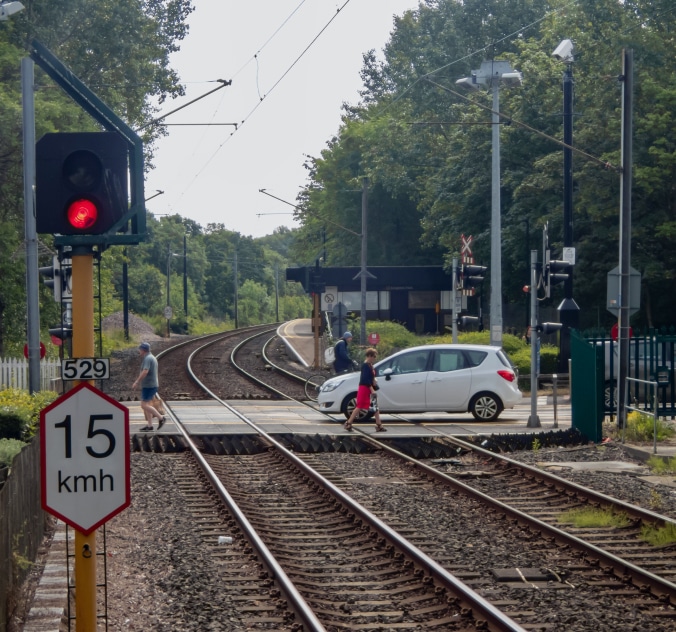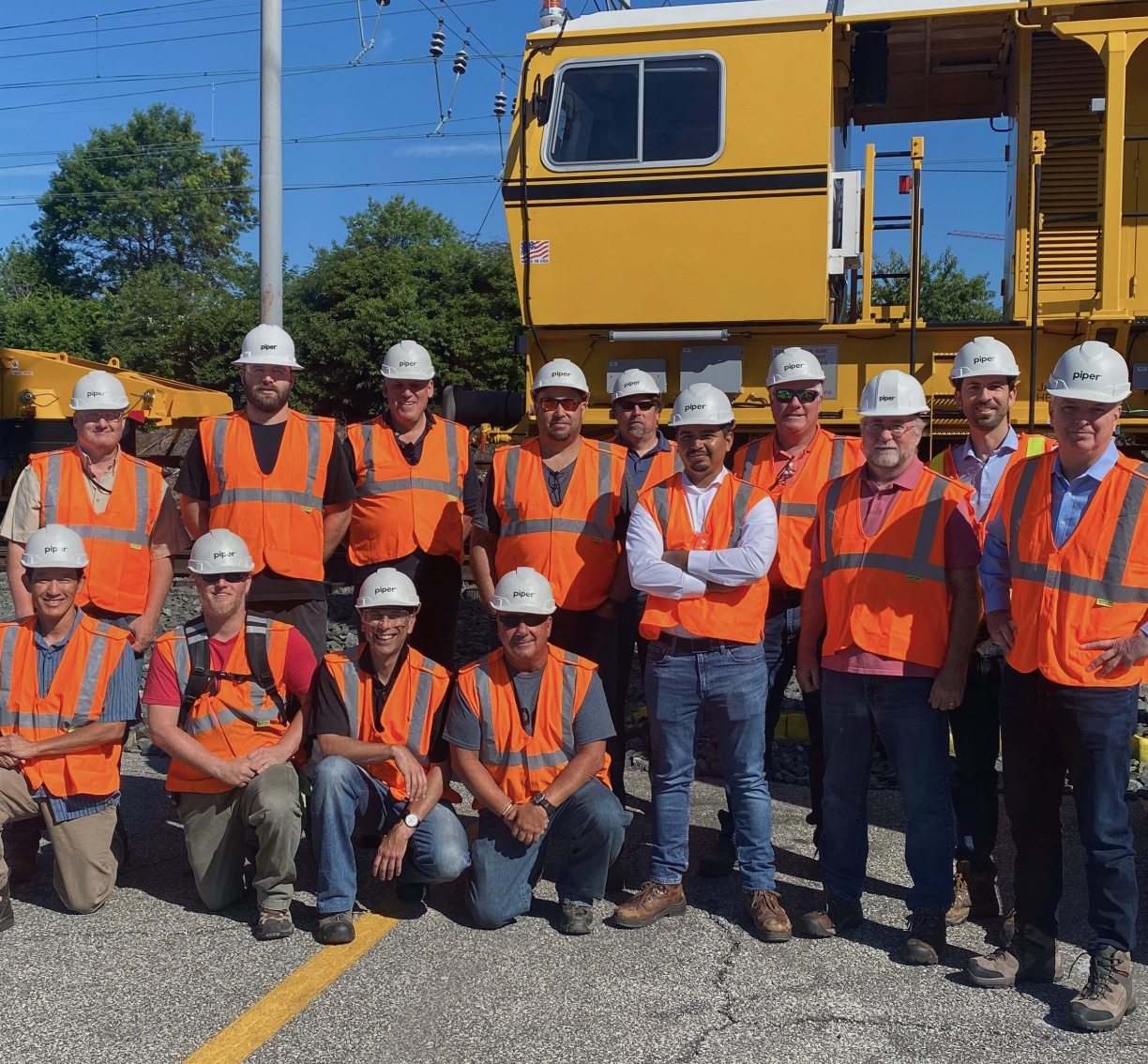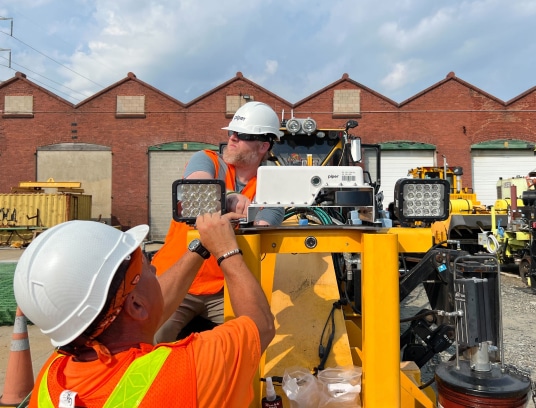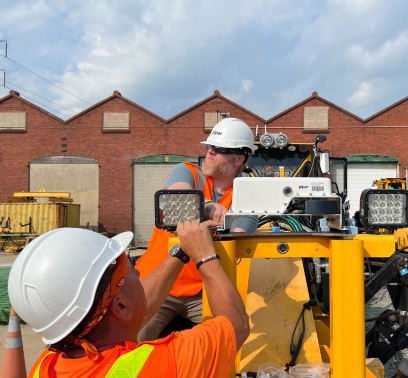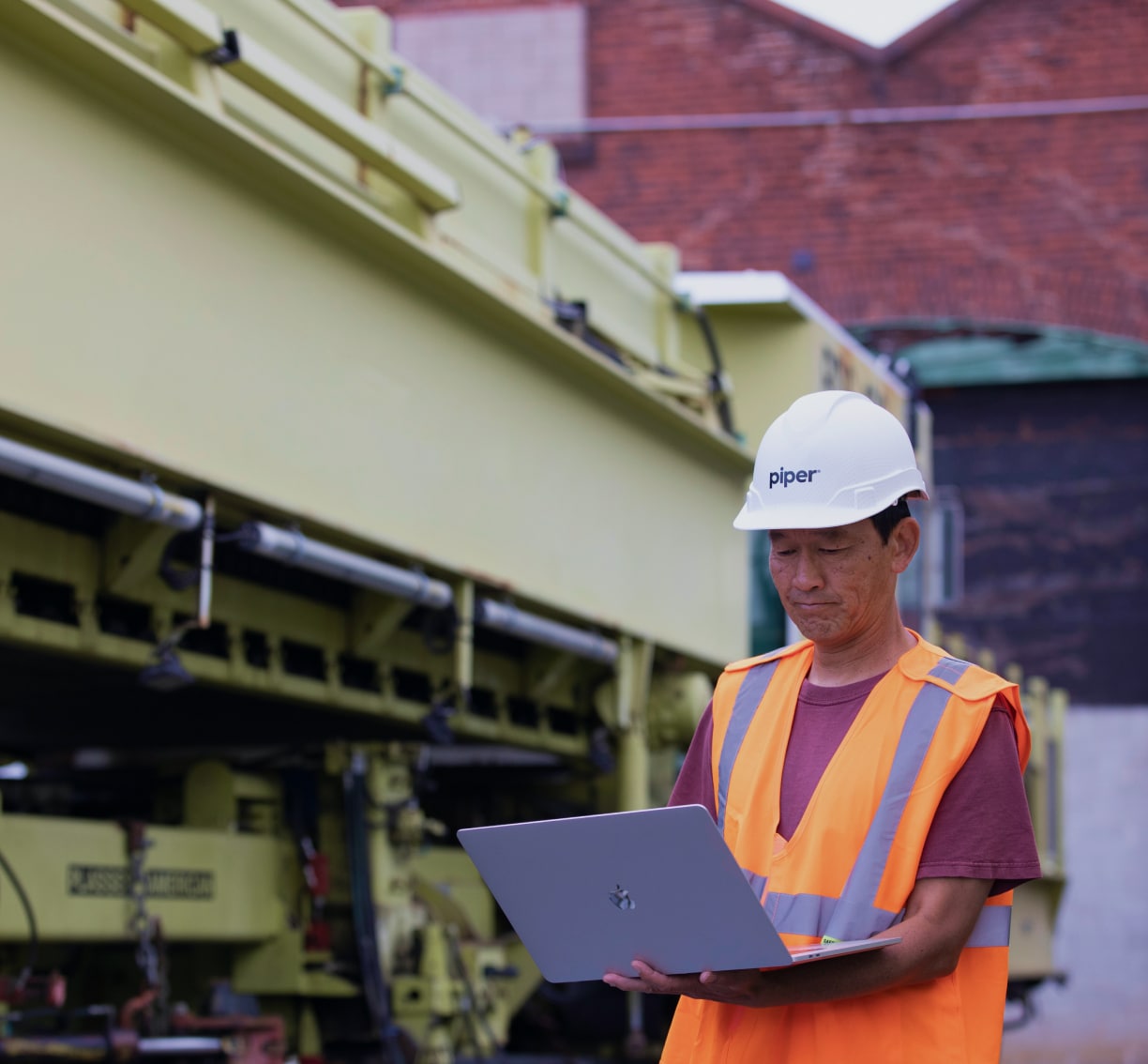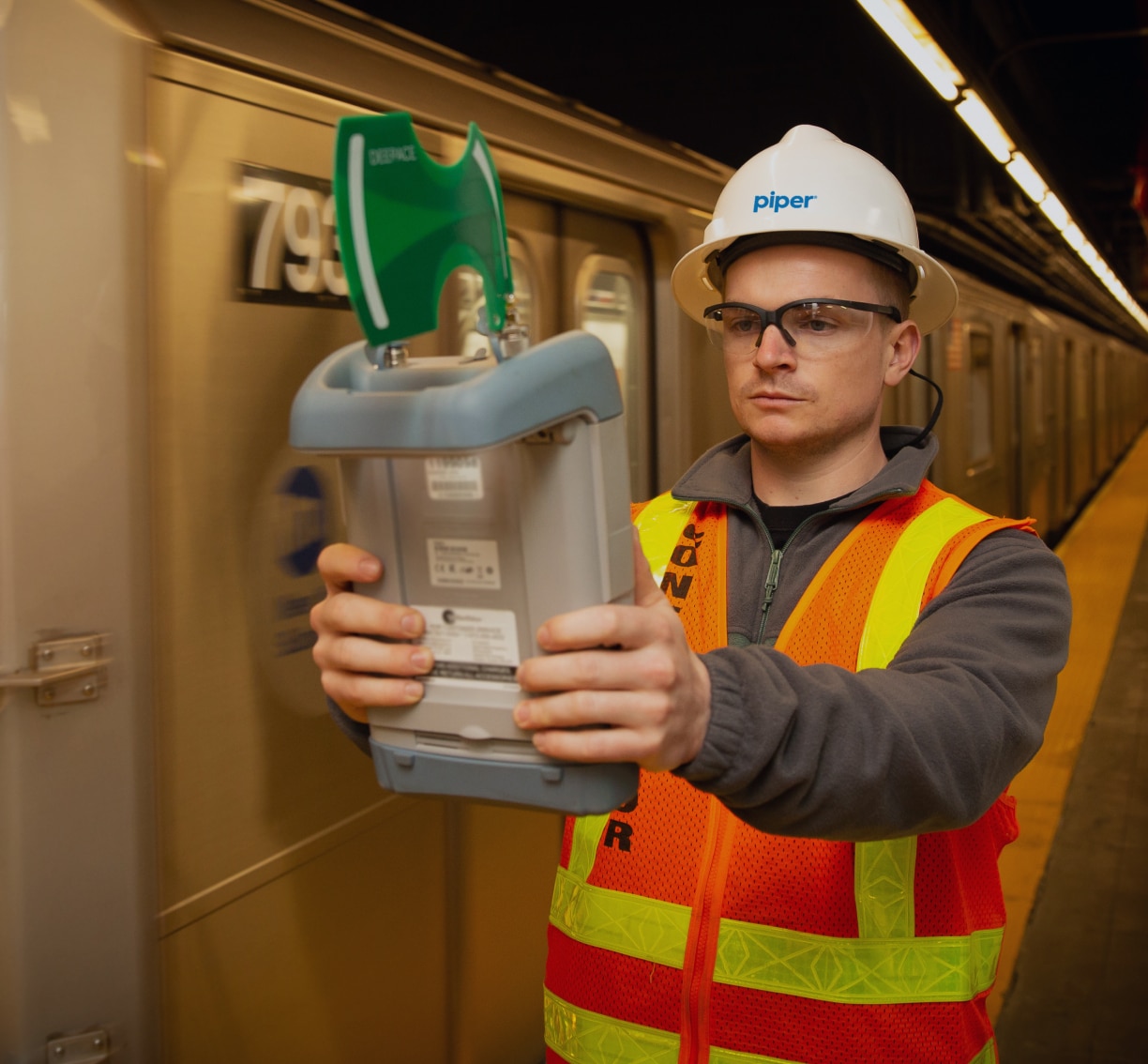Piper Networks has received a CENELEC Safety Integrity Level 4 (SIL-4) Certification for its Ultra Wideband (UWB) train control system from independent safety assessor, TÜV SÜD. The certification is a milestone achievement for Piper and the transportation industry as it becomes the first ever UWB-based position and speed technology to achieve vitality. The system is now ready for integration with signaling and train control programs being implemented by transportation agencies and their engineering contractors in the US and worldwide.
How does the UWB train control system work?
Ultra Wideband (UWB) is a radio frequency technology that surrounds the railway tracks with coverage and pinpoints the location of trains in real-time within a few centimeters. Using a time-of-flight measurement of radio transmissions, Piper determines the precise location of moving trains and calculates their speed. In a vital system, safety is the paramount concern for train control requirements and Piper’s UWB system provides end-to-end verification and validation of all system components and processes. Now that it is SIL-4 certified, the Piper system can be more seamlessly integrated with higher level systems to ensure that they are operating with the highest levels of confidence.
What is Safety Certification?
Safety Certification for the rail industry is only inadvertently related to safety in the traditional sense. It has more to do with the reliability of a system. The more reliable a system, the less likely it is to fail. In other words, safety certification is an assessment of how much risk there is that a system will fail beyond what is considered tolerable. The standard used for this is CENELEC, a European standard that the USA also adopts. CENELEC is broken down into different levels of risk analyses, called SIL or Safety Integrity Levels. There are 4 levels with SIL-4 meeting the most stringent criteria and hence considered the most dependable. This is what Piper has achieved for its UWB positioning system.
Why is Safety Certification such an achievement?
Becoming SIL certified is challenging because it’s based on variables in processes and estimates of reliability. This makes it difficult for the international standards organization, the International Electrotechnical Commission (IEC) to define.
There are several reasons that obtaining a SIL-4 certification is not easy.
- It’s based on process-oriented metrics and estimates of reliability.
- Software systems are complex which makes it harder to estimate.
- Both hardware and software need to meet requirements.
- Rigorous development processes need to be established.
- Devices must be proven through use and over time.
Software is complex and so hard to estimate. Because of this, other positioning systems, like modern AI systems, have an especially hard time being evaluated because AI is constantly changing and learning new things making it hard to say what is minimal risk now wouldn’t make itself higher risk later.
The reason Piper was able to become safety certified is because we use proven Ultra Wideband technology as the way of positioning trains consistently and in real-time. This is critical to track worker safety, maintenance of way safety, and train navigation. Piper has undergone years of testing and successfully passed thorough audits by safety assessor TÜV SÜD, to become the world’s first and only CENELEC SIL-4 Safety Certified UWB positioning system for rail and transit.
Robert Hanczor
CEO Piper Networks

What are the benefits of a Safety Certified UWB positioning system?
Piper has demonstrated how its UWB technology provides a vast array of technological and cost-saving advantages over traditional or legacy positioning systems. In addition to providing location services for Communication Based Train Control (CBTC) systems being deployed on large urban rail systems, Piper’s technology supports Automatic Train Protection (ATP) systems at varying levels of complexity. Based on the transportation agency’s requirements, Piper’s UWB system can deliver vital functionality for vehicle limits compliance, collision avoidance, civil speed enforcement, and red signal overrun protection to name a few. Piper has also demonstrated how its proprietary UWB product’s small footprint can be further leveraged to provide these agencies with protection systems for maintenance of way (MOW) vehicles and their workers.
In addition, the installation of our certified UWB system allows for many operational and passenger benefits. Trains can move closer together allowing riders to get to their destinations faster with less delays. Projects like resignaling can also be completed quicker because less equipment is needed on the wayside.
What is a vital system?
A vital system is a safety critical system that is required to be implemented in a fail-safe manner. To quantify this, a vital product can be classified by Safety Integrity Level (SIL) which contains measurable levels of risk reduction provided by a safety function. Four SILs are defined, with SIL-4 the most dependable and SIL-1 being the least, Piper’s UWB train control system has been independently certified as a SIL-4 product, meaning that the probability of dangerous failure for the product is between 10-8 and 10-9. This being the highest SIL level that a safety system can be awarded gives rail agencies and/or operators assurances for the performance of the system which have been independently assessed, tested, and audited by a certified firm.
Progress towards safety certification:
Piper’s R&D efforts were based on feedback we got from our Independent Safety Assessor (ISA), TÜV SÜD, and the CBTC suppliers we are working with. They have clearly explained to us that for Piper to remain the integrator, UWB needs to be vital, meaning SIL-4 certification for every component of the system. Their preference is to provide a port for us to supply positioning data according to the Interface Control Documents. From an interoperability standpoint, any non-vital approach will also require substantial modifications to the standards mandated by agencies.
Piper made the decision to invest in safety certification because we believed that our clients wanted to make a change to the way signaling was designed and deployed. In our opinion, UWB without SIL-4 safety certification is a lateral progression that will require additional mitigating sensors to be installed by the CBTC suppliers – either on the train or the track bed. This will increase cost and slow commissioning.
If the entire UWB system is not vital, many added benefits for this technology, including track worker protection and work train detection, cannot be implemented. In the case of work trains, they have no CBTC available, but a vital UWB system would be able to detect their position and share it with the zone controller to route trains around them and reduce disruptions for riders.
Achieving Vitality with the UWB subsystem will enable our clients to leverage the UWB system as the backbone to enable further enhancements to CBTC which are in line with their goals of improving service to their ridership.


